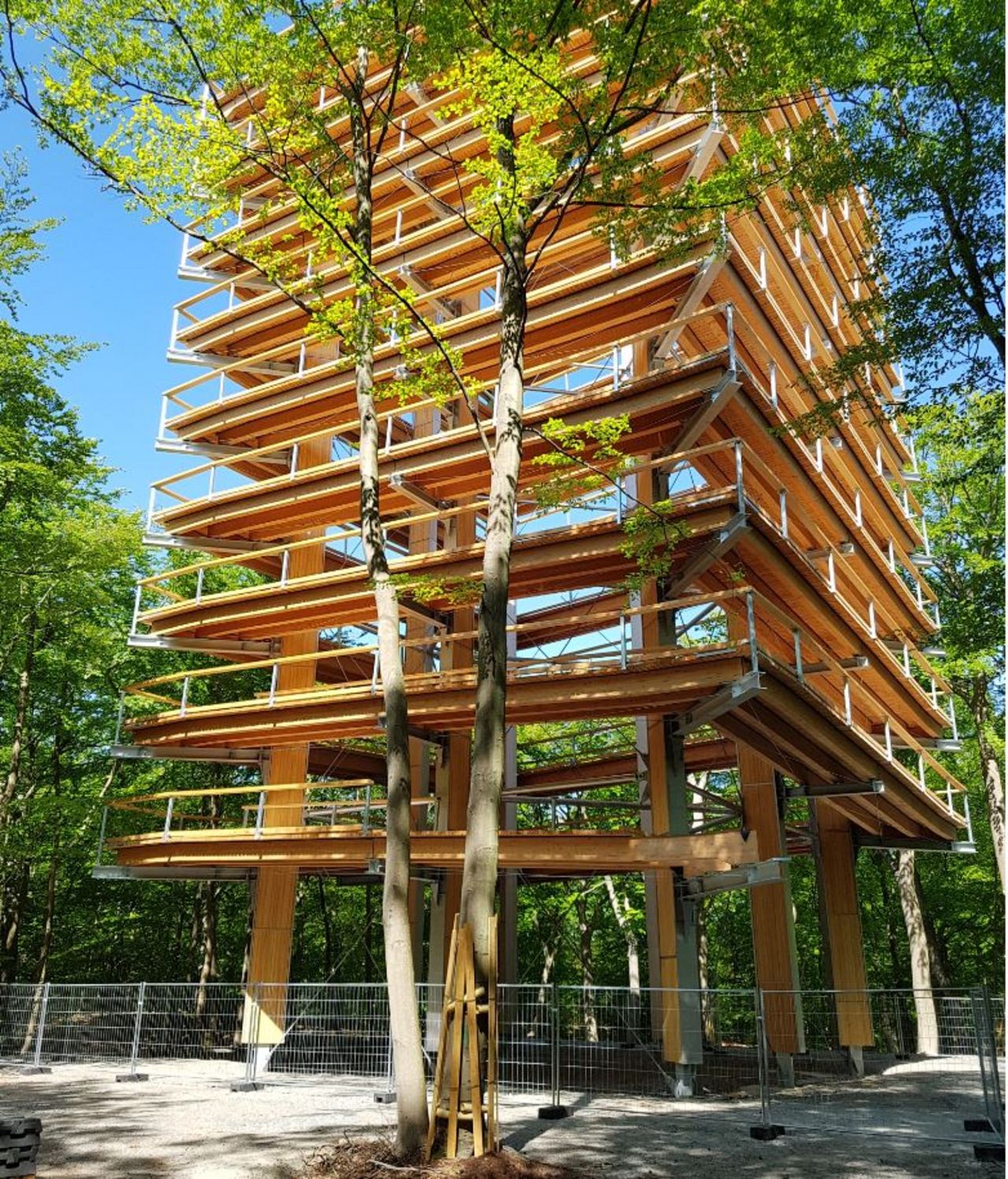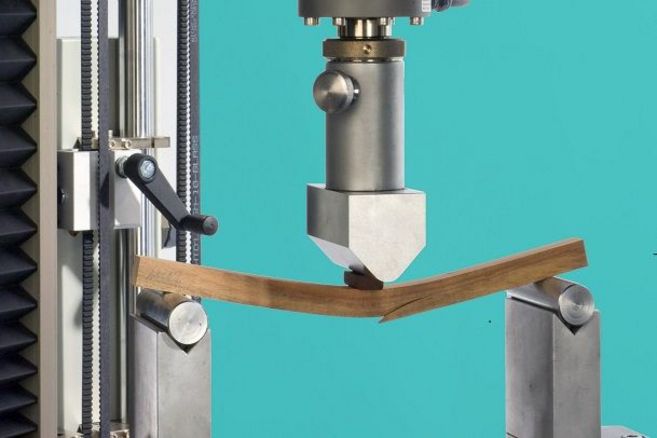Project
Evaluation of timber towers in outdoor use

Evaluation of direct weathered timber constructions treated with wood preservatives without soil contact
Fungal attac of direct weathered timber constructions can cause an early failure. Therefore several timber towers in Germany were evaluated regarding their current state with respect to the efficacy of actual regulations and the ability of construction companies to fulfill standardised guidelines.
Background and Objective
These investigations should provide hints whether simple constructional measures can extend the service life of weathered timber constructions. Beside this information are expected if the wood protection requirements are sufficient enough in DIN 68800.
Approach
The focus was on registration of timber observation towers because they are in general open for public and/or were built in an exposed area and they are under minor control by supervisory staff.
Data and Methods
In an early stage only preservative treated timber towers older were evaluated. The service life of these towers should be longer than 10 years because signs of fungal attack like fruit bodies can not be observed earlier in general.
Most of the towers were evalauted on a random basis whereas the 4 treated logs (Douglas fir) of the "Riesenbühlturm" were investigated in detail.
Our Research Questions
Are constructional measures according DIN 68800-2 sufficient enough in order to avoid premature failure of weathered timber towers in UC 3 situations?
Results
Wood protection of joinery against wood-destroying fungi or insects is regulated in DIN 68800 “Wood protection.” In general, this series of standards requires structural wood preservation measures and, if necessary, the use of wood preservatives.
The aim of the research project was to assess the usability of this standard when applied to originally unprotected timber structures. The main questions were (i) do contractors comply with the standard (ii) if not, are the guidelines feasible in the first place and (iii) are the current regulations sufficient for these kinds of wood constructions.
For that purpose, numerous objects – essentially 66 timber towers fully exposed to weather – were inspected and additionally assessed on the basis of the documentation of the operators.
As a general result, only about 50% of the examined objects had been treated with wood preservatives. However, according to DIN 68800 a larger fraction should have been chemically treated because most of the load-bearing components were made of slightly or only moderately durable wood and were fully exposed to weather.
The treatment with wood preservatives could usually not prevent fungi-induced damage over a long term. The reason therefore is that unprotected zones became exposed for contact with water and fungal spores due to shrinkage checks, eventually leading to germination and ultimately to infestation by wood-destructing fungi.
It is worth mentioning that also horizontal or tilted wooden components with insufficient covering became moist inside.
Relatively new components with projecting covering show no signs of damage so far. However, these timber towers are relatively young compared to other so that a final assessment of the effectiveness of this constructional feature is not possible at the moment.
The study shows that wooden structural elements can be protected against wood-destroying fungi over a long time as it is required by DIN 68800-2:2012-02 for high-rising structures.
The final report (in German) was edited by IRB Verlag.
ISBN 978-3-8167-9551-3



![[Translate to English:] Logo des Bundesministerium für Ernährung und Landwirtschaft](/media/allgemein/logos/BMEL_Logo.svg)